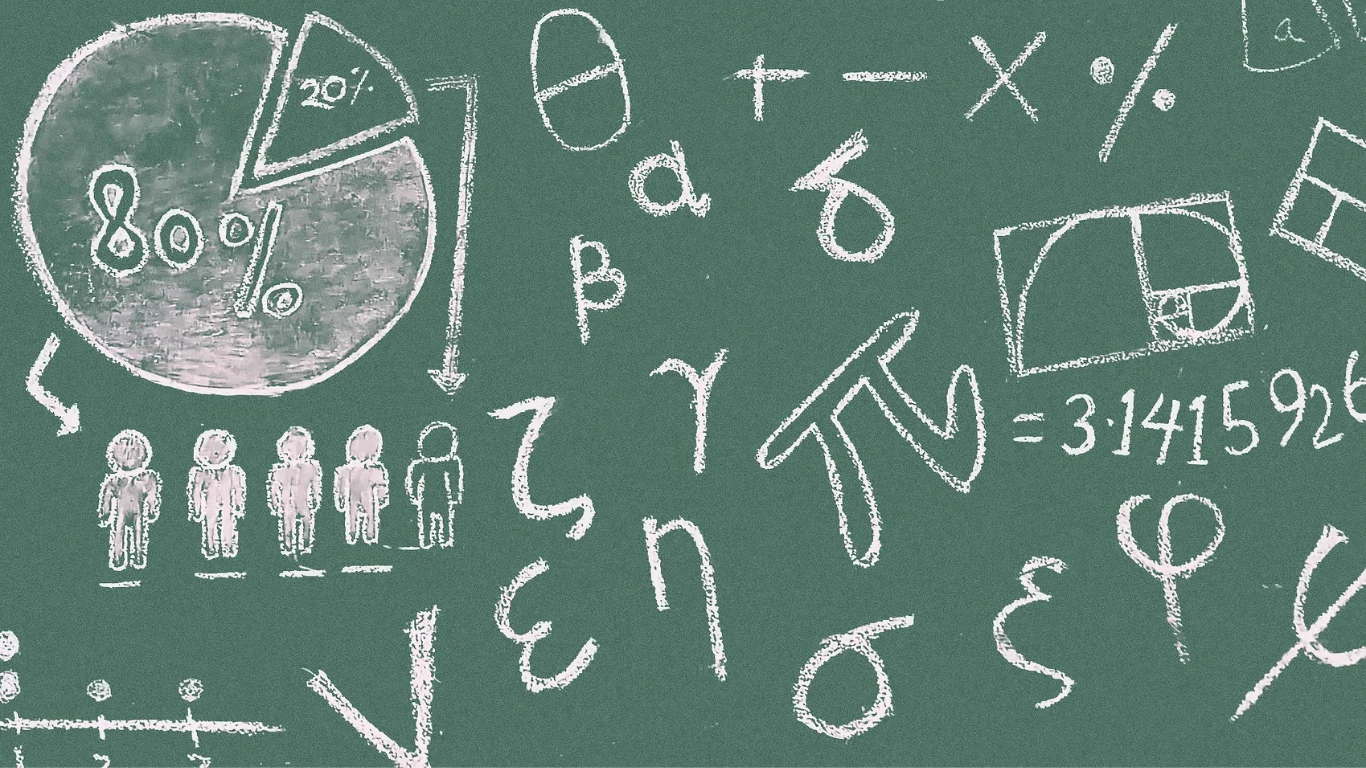
The 2024 HSC Mathematics Advanced exam assessed students' ability to apply mathematical concepts, demonstrate problem-solving skills, and communicate their reasoning effectively.
The exam covered key areas such as functions, calculus, trigonometric functions, financial mathematics, statistical analysis, and probability. The exam was structured into two sections:
- Section I (10 marks) – Multiple-choice questions assessing fundamental knowledge and quick problem-solving skills.
- Section II (90 marks) – Extended response questions requiring detailed working, application of formulas, and logical reasoning.
Easiest Question in the Exam
According to the examiner's report, one of the more accessible questions was Question 12, which required students to find the sum of an arithmetic series. Many students correctly identified the arithmetic pattern and applied the sum formula from the reference sheet. The question was straightforward for those familiar with sequences and algebraic manipulation. However, weaker responses showed a need for better formula selection and algebraic accuracy.
Hardest Question in the Exam
One of the most challenging questions was Question 19, which required students to differentiate a quartic function, determine stationary points, justify concavity, and provide a clear sketch of the graph. This problem tested multiple syllabus components, including calculus, algebra, and graph interpretation. Many students struggled to justify changes in concavity and to correctly apply calculus principles to sketch the function. The need for clear working and logical progression made this a demanding question.
💡Learn more about HSC Maths Advanced, a top choice for NSW students aiming for a high ATAR!
Key Takeaways from the 2024 HSC Mathematics Advanced Examiner’s Report
Success in the HSC Mathematics Advanced exam requires more than just memorising formulas—it demands strong problem-solving skills, structured reasoning, and clear mathematical communication. The 2024 examiner’s report highlighted key areas where students excelled, as well as common mistakes that prevented them from achieving full marks.
Below is a breakdown of the key skills top-performing students demonstrated, common mistakes made in 2024, and specific advice from the examiners to help future candidates improve.
Key Skills to Focus on for Mathematics Advanced Students
Students who performed well in the 2024 exam demonstrated:
Clear mathematical reasoning – High-scoring responses showed step-by-step working, logical sequencing, and justification for each calculation. Examiners emphasised the importance of structured responses, especially for questions requiring explanation or proof.
Correct application of formulas – Good responses showed accurate formula selection and application, often referencing the formula sheet where necessary. Students who derived or rearranged formulas correctly avoided unnecessary errors.
Graphing and interpretation skills – Students who successfully answered graph-based questions accurately sketched functions, labelled axes, and identified key features such as intercepts, asymptotes, and turning points.
Understanding of calculus concepts – The best responses demonstrated strong differentiation and integration skills, including interpreting rates of change and using calculus to justify concavity and stationary points.
Careful reading of questions – Examiners noted that strong responses directly addressed the question's requirements, ensuring all steps were shown, appropriate units were included, and final answers were boxed or highlighted.
💡Understand how HSC scaling works and discover which subjects get scaled the most and the least.

Summary of the Examiner’s Advice to Students
The examiners provided several key recommendations for future Mathematics Advanced students:
Read questions carefully – Many students lost marks due to misinterpretation of instructions, missing key details, or failing to answer all parts of a question. Pay close attention to directive words such as show, prove, hence, and evaluate.
Show all working – Even if the final answer is incorrect, clear working can still earn partial marks. Ensure that each step logically follows the previous one.
Use the reference sheet effectively – The examiners highlighted that some students failed to use the provided formula sheet correctly, leading to errors in calculations. Familiarise yourself with the layout of the reference sheet before the exam.
Be precise with algebraic manipulation – Factorising, expanding, and rearranging equations correctly is crucial, particularly in calculus and function-related questions.
Construct graphs neatly and accurately – Any graph-based question requires a well-drawn sketch with correct scaling, labelled axes, and key points clearly marked.
Avoid premature rounding – Only round off numerical solutions in the final step to maintain accuracy throughout calculations.
💡Discover valuable insights into how ATARs are calculated and how subject scaling affects their final rank here!

Common Mistakes Made in the 2024 HSC Mathematics Advanced Exam
The examiner’s report outlined several recurring errors students made in this year’s exam:
Incorrect application of derivatives – Some students struggled with using the first and second derivatives to determine stationary points and concavity. Many responses lacked proper justification for conclusions.
Confusion with probability concepts – In probability-based questions, students often misapplied the product rule, misunderstood complementary probability, or failed to correctly interpret probabilities in multi-stage events.
Misinterpreting exponential growth and decay – Many students incorrectly calculated percentage changes, particularly when working with exponential equations where (1 + r) or (1 - r) models growth and decay, respectively.
Errors in algebraic manipulation – Factorising and solving quadratic equations posed challenges for some students, particularly when working with simultaneous equations.
Graphing errors – Some students did not correctly label asymptotes, identify transformations, or accurately sketch curves. Others misunderstood the significance of horizontal points of inflection.
Incomplete responses – Some students lost marks due to failing to attempt certain questions or only partially answering multi-step problems. Time management remains a key issue.
💡Check out why past papers are the best way to study for exams!
Final Thoughts
The 2024 examiner’s report reinforces the importance of strong foundational skills in algebra, calculus, and graphing, as well as careful question interpretation. Students preparing for the next HSC Mathematics Advanced exam should focus on developing structured problem-solving approaches, mastering key formulas, and practising past papers under timed conditions. By avoiding common pitfalls and implementing the examiners' advice, students can maximise their potential and perform with confidence in their final exams.







